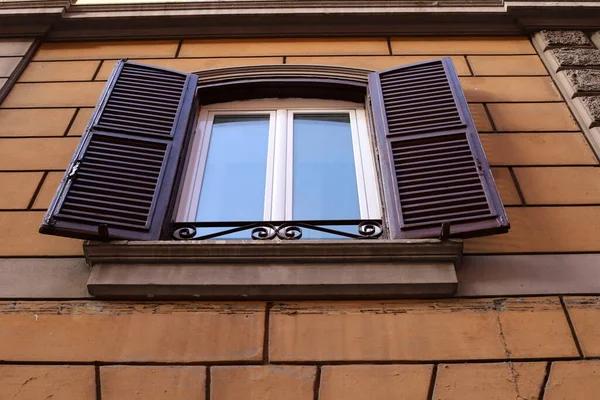Taking care of a damaged roof is one of the most critical responsibilities for homeowners. Your roof serves as the first line of defense against the elements, protecting your family and belongings from rain, wind, snow, and sun. When damage occurs—whether due to storms, age, or accidents—it’s vital to act quickly and make informed decisions about repair or replacement.
The first step in addressing roof damage is identifying the extent of the problem. Begin by inspecting your roof for visible signs such as missing shingles, cracked tiles, sagging areas, or leaks inside your home. If you’re unable to safely assess it yourself, hiring a professional roofing contractor for an inspection can provide clarity on whether repairs will suffice or if a full replacement is necessary.
Once you’ve assessed the damage, consider your options carefully. Minor issues like a few missing shingles or small leaks can often be resolved with localized repairs. However, extensive damage caused by severe weather events may necessitate replacing large sections—or even the entirety—of your roof. Factors like the age of your roof and its overall condition play a significant role in this decision-making process; older roofs nearing their lifespan may benefit more from replacement than repeated patchwork fixes.
Choosing between see additional resources repair and replacement also depends heavily on budget considerations. Roof repairs are typically less expensive upfront but may only serve as temporary solutions if underlying structural issues exist. On the other hand, while replacements require higher initial costs, they offer long-term benefits such as improved energy efficiency and enhanced curb appeal.
When moving forward with either option, selecting qualified professionals is paramount to ensure quality work that lasts. Obtain multiple quotes from licensed contractors who have experience working with your specific roofing material—be it asphalt shingles, metal panels, clay tiles, or another type—and verify their credentials before signing any contracts.
Finally, don’t overlook insurance coverage when dealing with roof damage. Many homeowner policies cover storm-related damages but may exclude wear-and-tear issues due to aging roofs. Review your policy thoroughly and file claims promptly if applicable; documentation such as photos of the damage will strengthen your case during negotiations with insurers.
By staying proactive and making well-informed choices about repairing or replacing damaged roofs promptly after incidents occur ensures not only safety but also maintains property value over time—a win-win situation for every homeowner!




